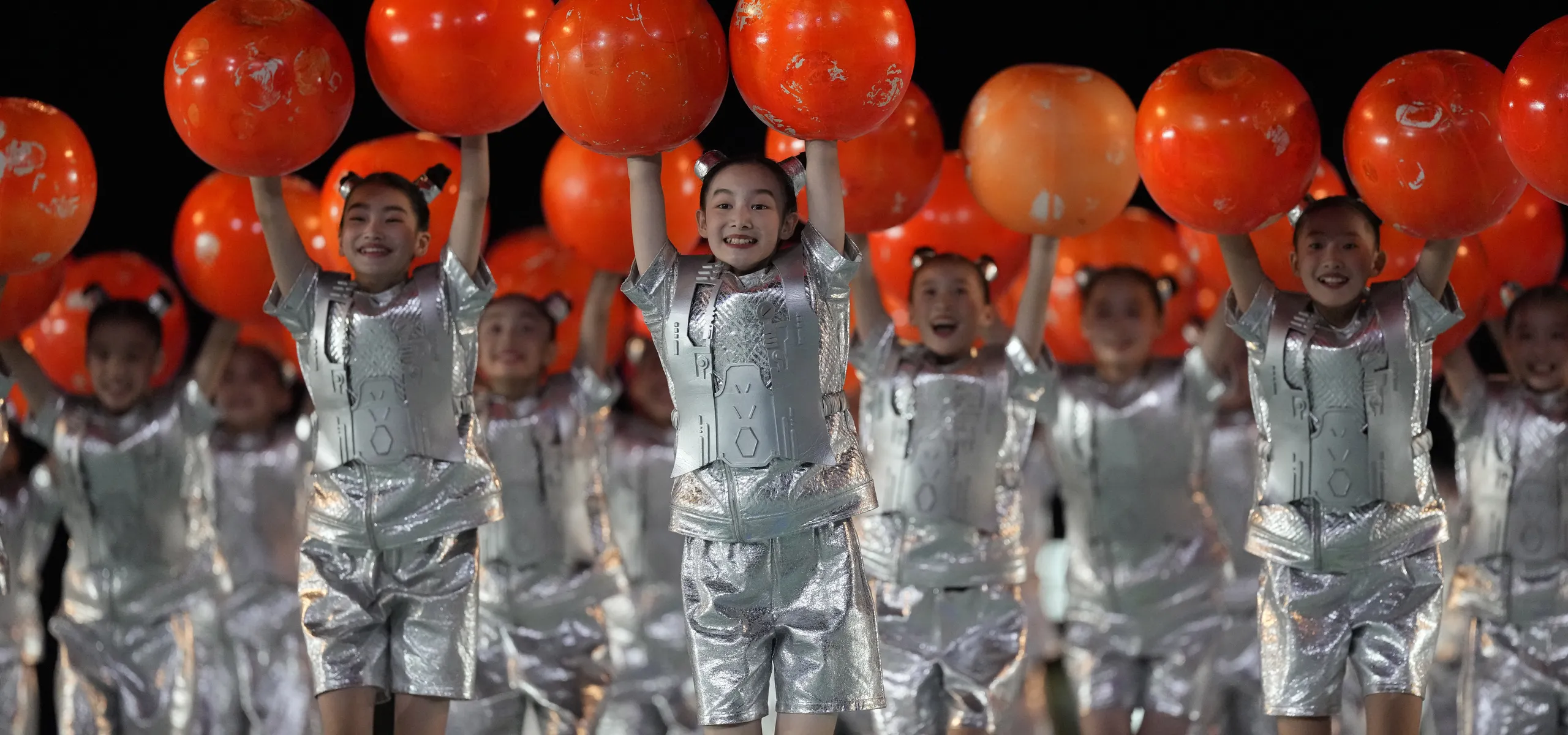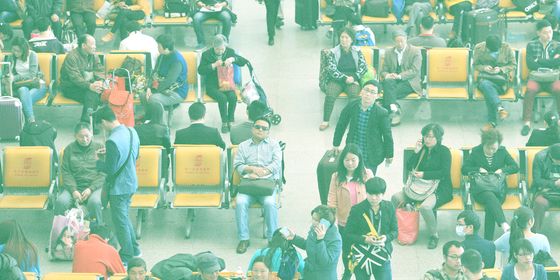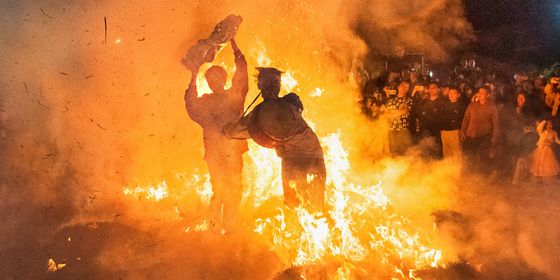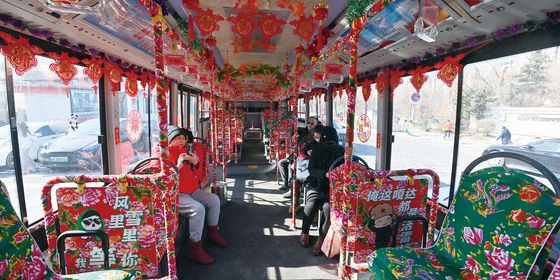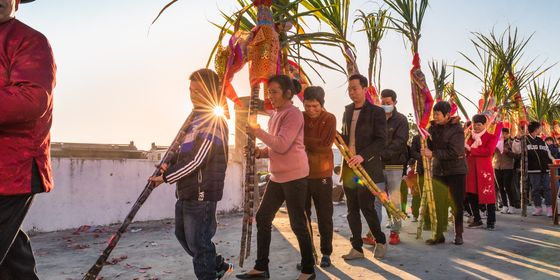From celebrations of workers at the 1959 National Games to vast displays of technological prowess during this year’s Asian Games, China’s opening ceremonies have evolved dramatically over time
As the opening ceremony of China’s 1959 National Games reached its conclusion, children suddenly broke from their performance formations and dashed pell-mell across the stadium in Beijing. They raced up to the spectators and flung bouquets of flowers into the cheering crowd of workers—it was a celebration of labor, of youth, and of the revolution that had birthed “New China” a decade earlier.
The scene, captured in Long Live Youth (《青春万岁》), a documentary about the Games released later the same year, is unexpected, chaotic, and thoroughly joyful. Over six decades later, on September 23 this year, China opened another mass sports event. The 19th Asian Games began in Hangzhou, Zhejiang province, in a blaze of advanced technology, jaw-dropping choreography, and precise timing. Unlike in 1959, there was no chaos in the Hangzhou ceremony: it was a show of control, with digital systems and human performers in perfect synchronization.





